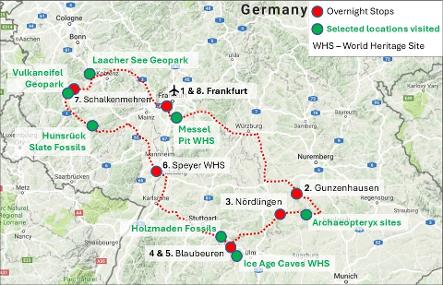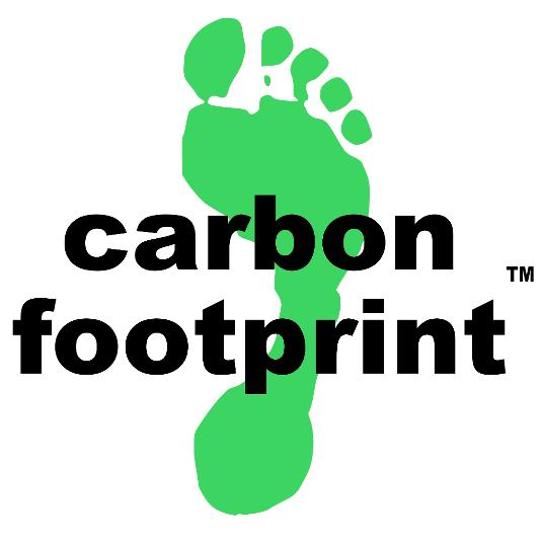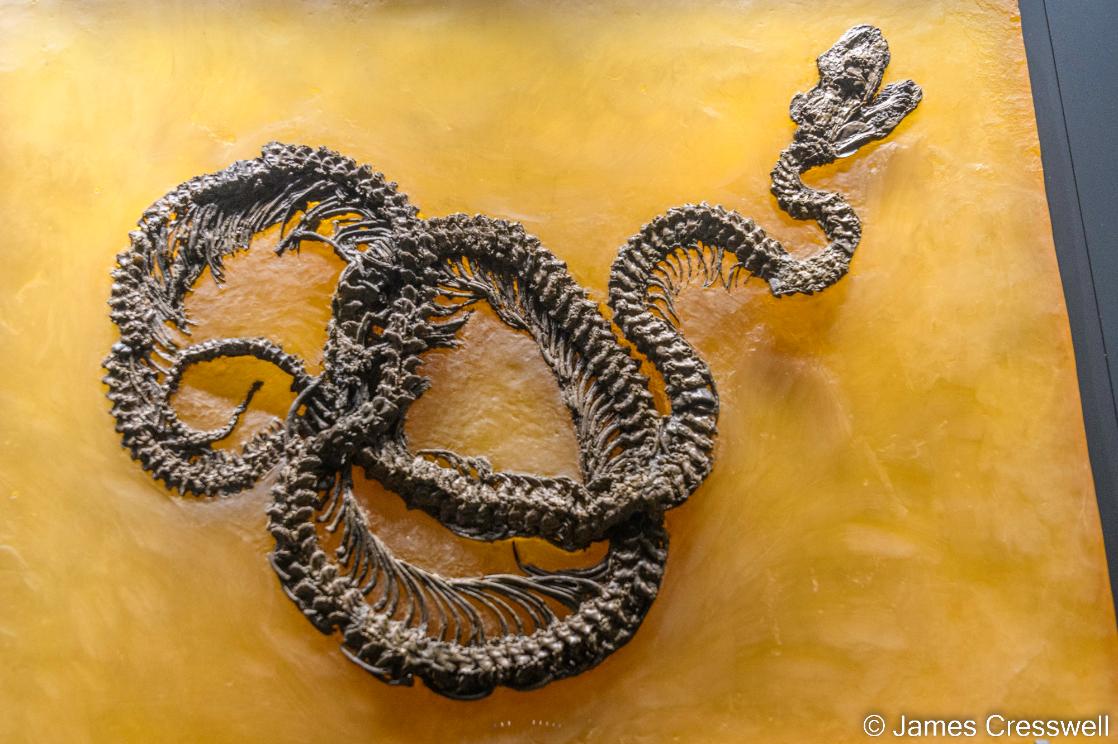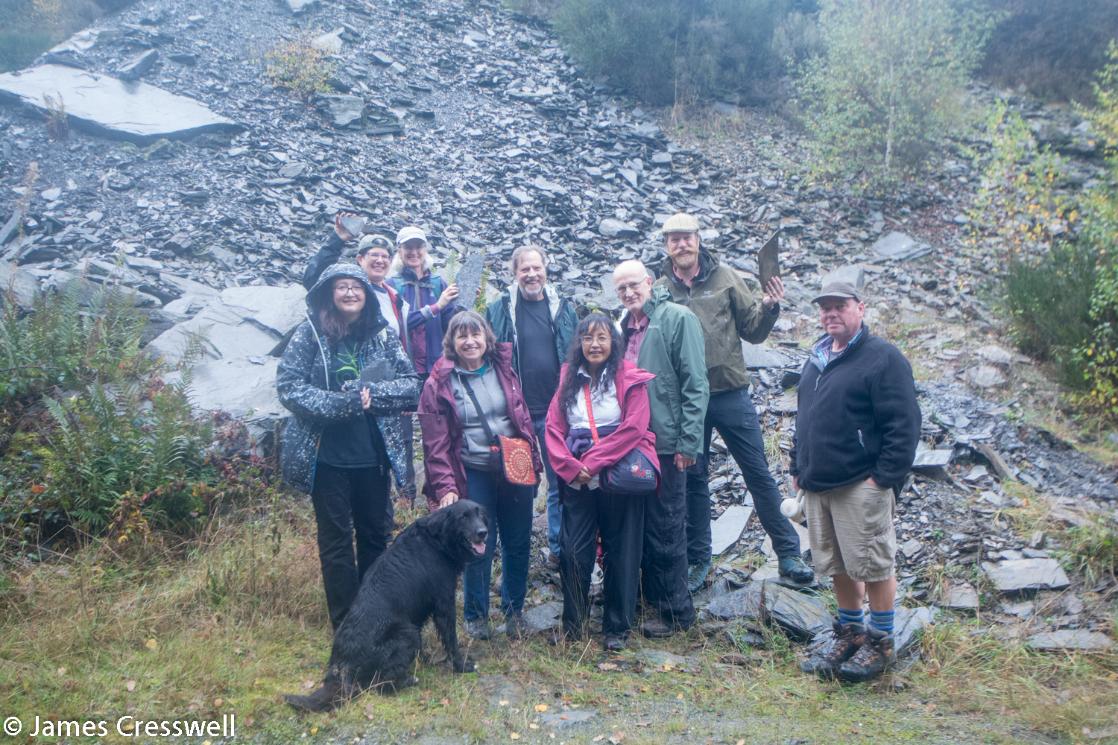GERMANY
Volcanoes & Famous Fossil Sites
FRANKFURT TO Frankfurt
Exclusive small group tour. Number of participants : 12-16
October 2026 or April/May 2027 (dates TBC)
9 days/8 nights
£TBC
Prices are per person, based on 2 people sharing a room. Single supplement applies, please make contact for details.
Includes 4 of the World's most famous fossil localities, 3 UNESCO Geoparks, 2 National Geoparks, 2 UNESCO World Heritage Sites, and 2 Meteor Craters
Germany may not be an obvious tourist destination for the masses, but as a geological tourism destination, it packs a real punch! This tour includes four of the world’s most important exceptional-preservation fossil discovery sites. Here we can hunt for our own fossils, and then, in the local museums, see world famous specimens including Archaeopteryx, pregnant ichthyosaurs, early horses and Devonian invertebrates. The tour also features caves that host the world’s oldest art and musical instruments, two different meteor impact craters and a wealth of volcanoes, one of which erupted just 10,000 years ago! All this geological wealth is all beautifully conserved within two UNESCO World Heritage Sites, three UNESCO Geoparks, and two National Geoparks. The tour starts and finishes in Frankfurt, which is Germany’s busiest airport, with direct flights to most parts of the world.
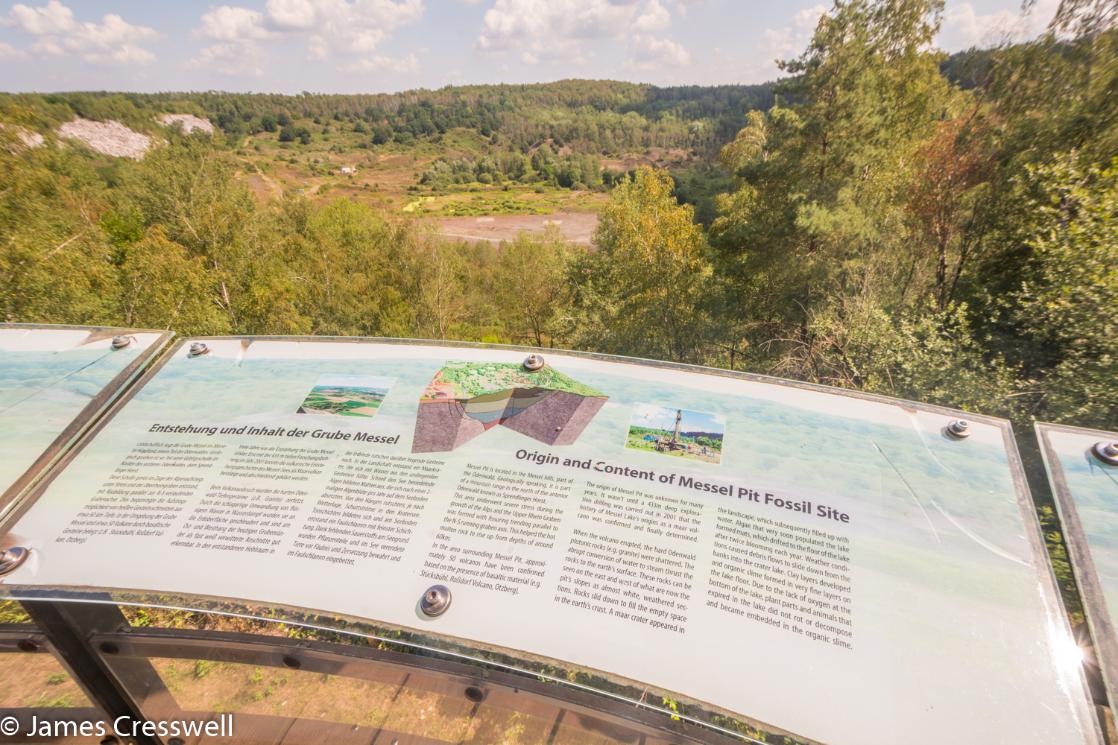
The Messel Pit World Heritage Site in the Bergstrasse - Odenwald Geopark (Day 2)
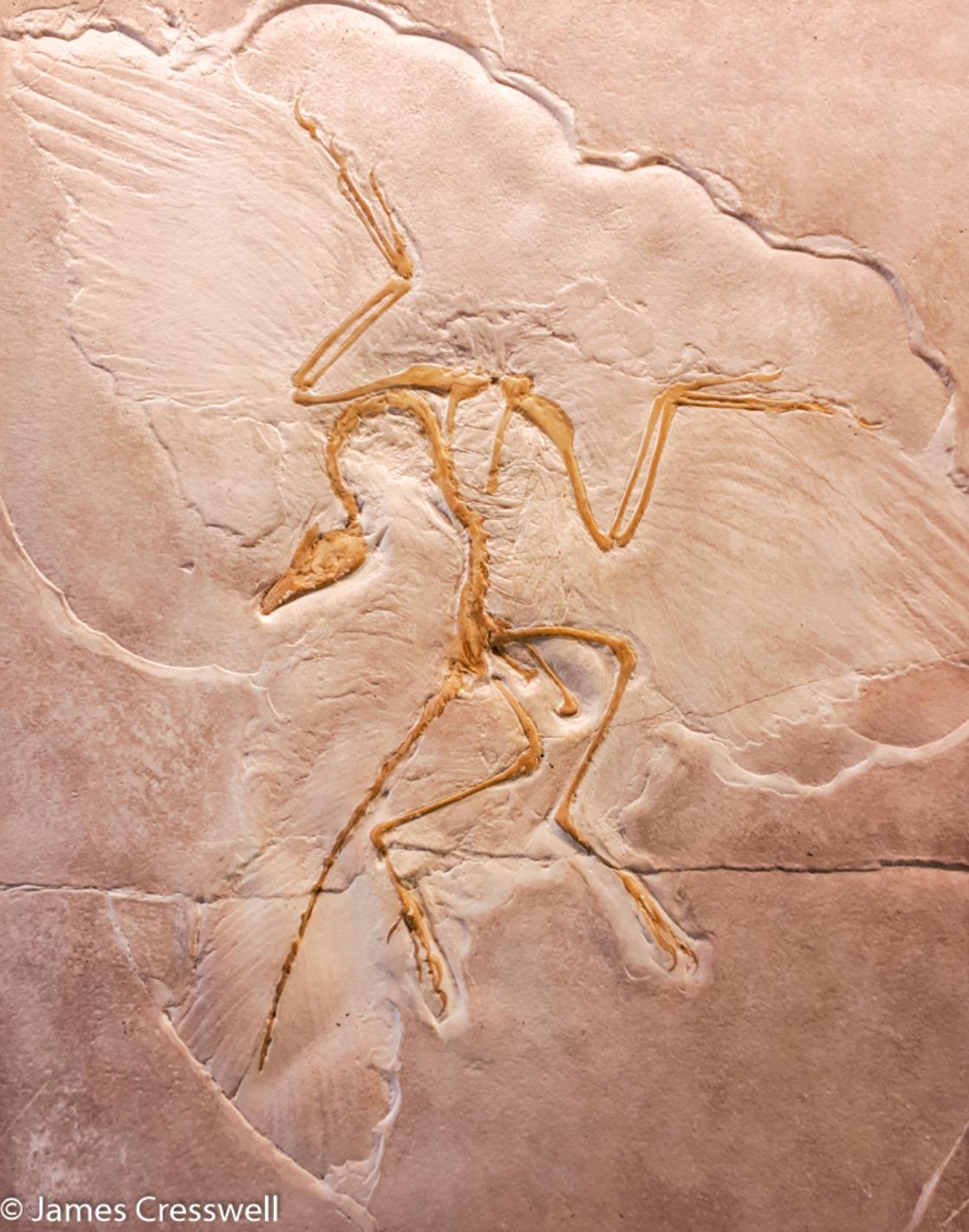
A copy of the 'Berlin' Archaeopteryx Specimen in the Berger Museum, situated just a few hundred metres from the discovery site of the original fossil (Day 3)
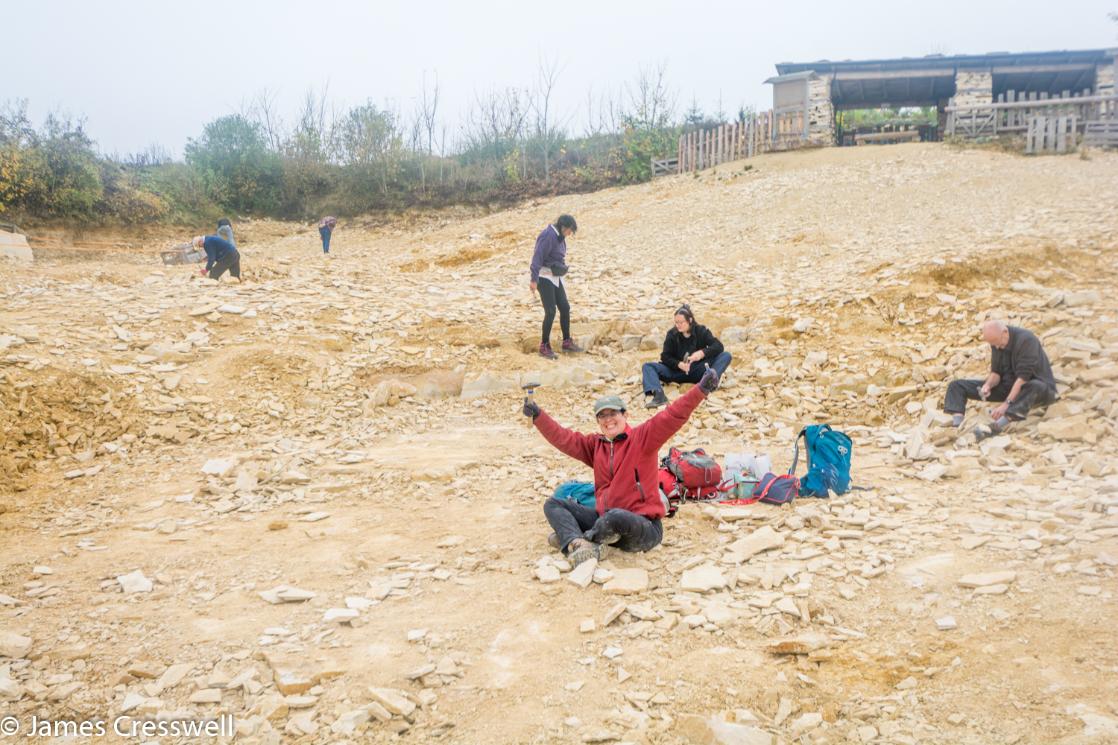
Finding our own Solnhofen Limestone fossils (Day 3)
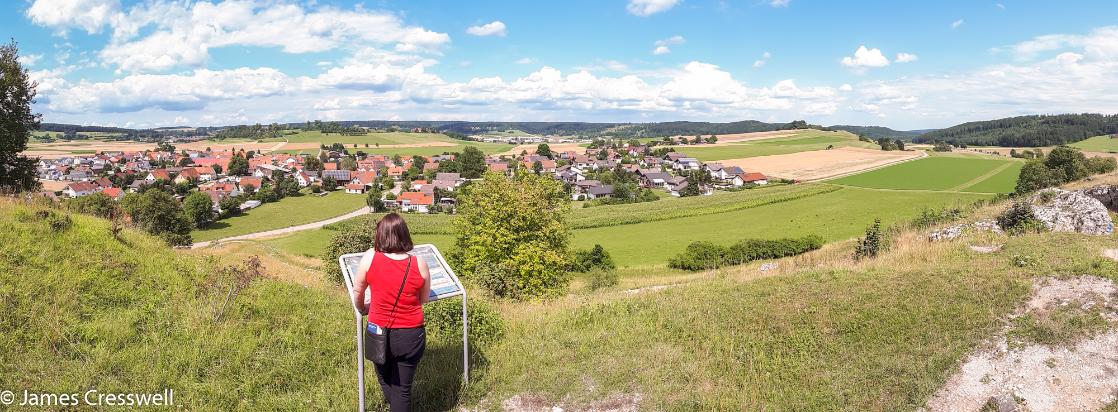
The Steinheim am Albuch Meteor Crater (Day 4)
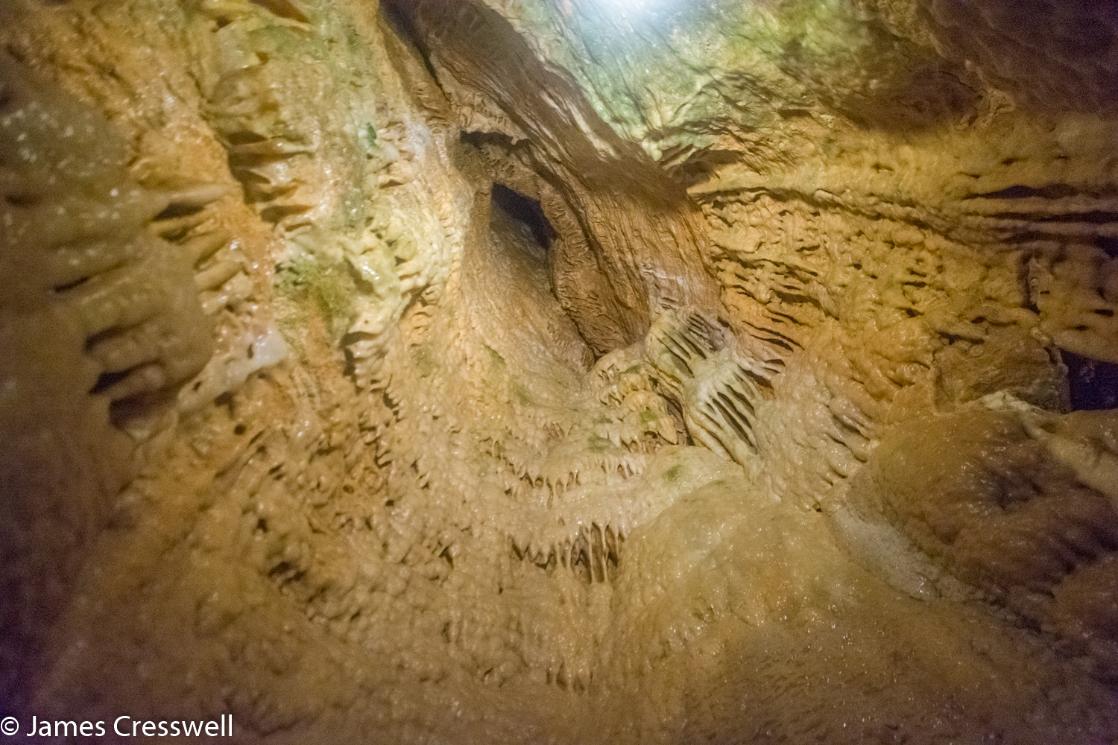
Inside the Laichingen Pothole, the deepest cave in the Swabian Alb Geopark(Day 5)
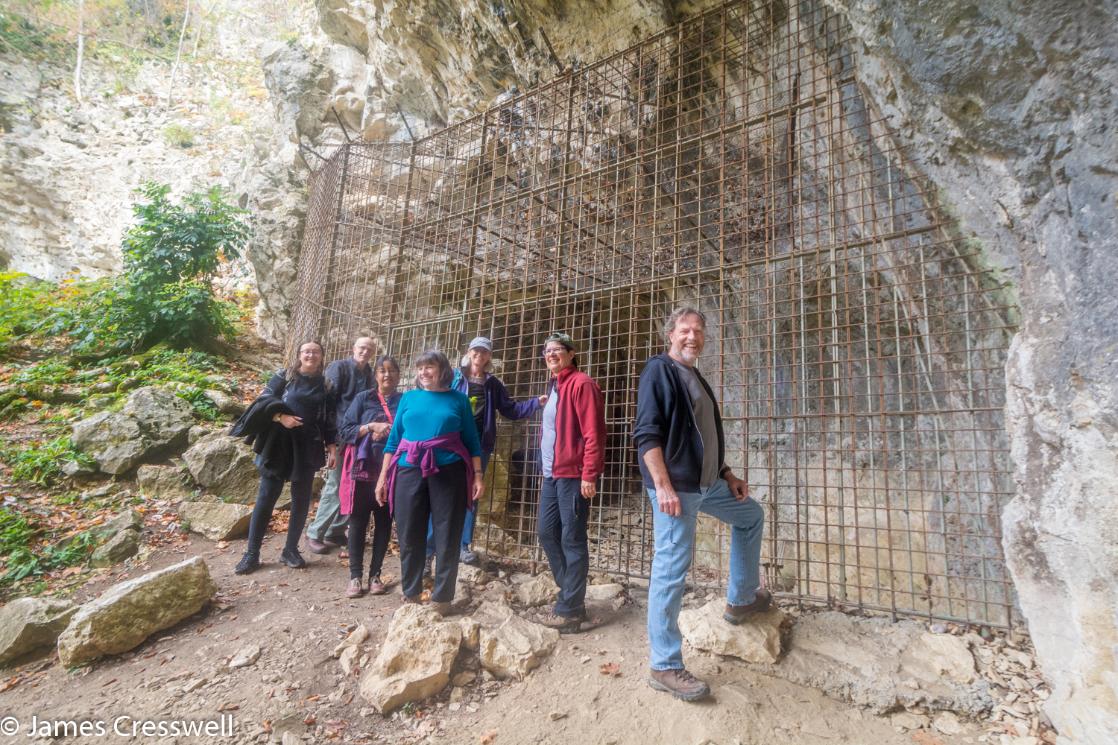
Geissenklösterle Cave in the'Caves and Ice Age Art in the Swabian Jura' World Heritage Site, is the discovery site of the world's oldest musical instrument, flutes made from bird and mammoth bones. (Day 5)
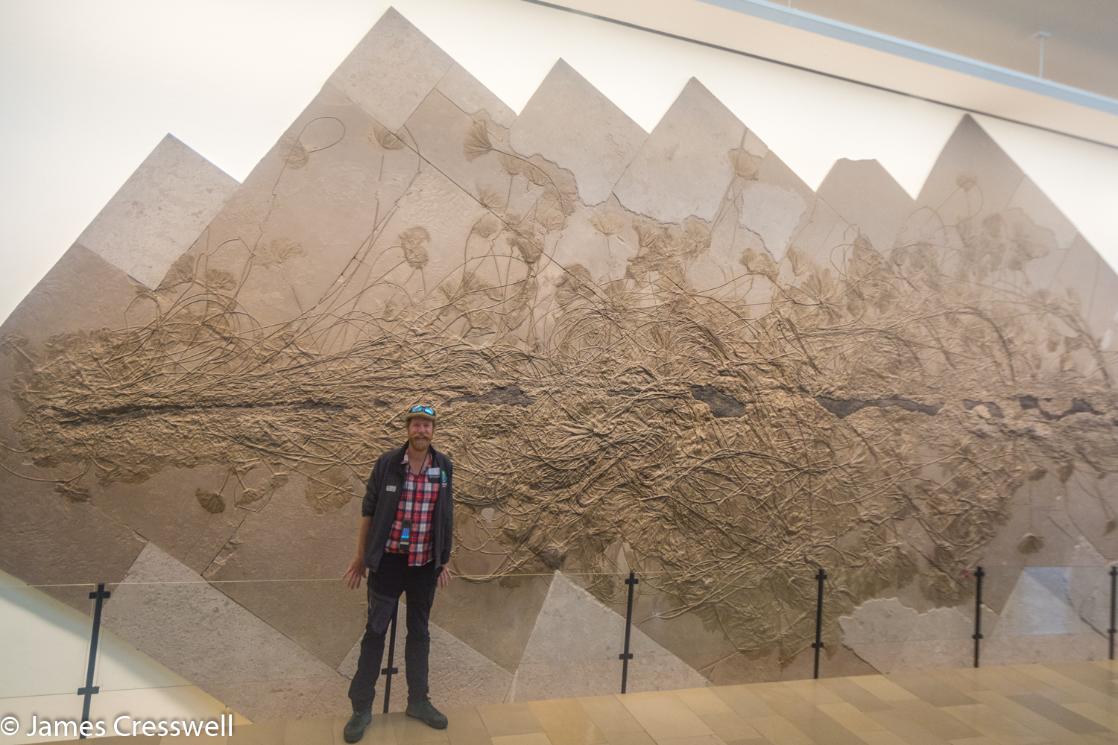
Your guide James Cresswell in the Hauff Museum, with a huge fossil behind. The fossil is log encrusted with hundreds of crinoids. (Day 6)
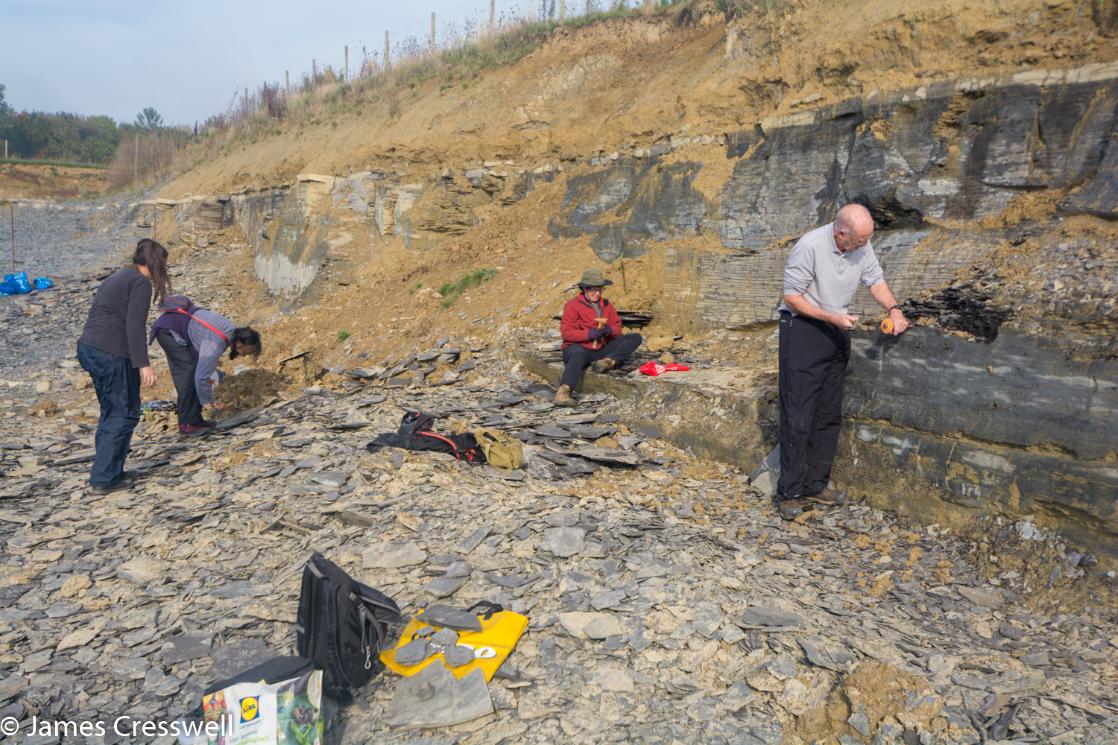
Searching for our own fossils in the Kromer Slate Quarry. (Day 6)
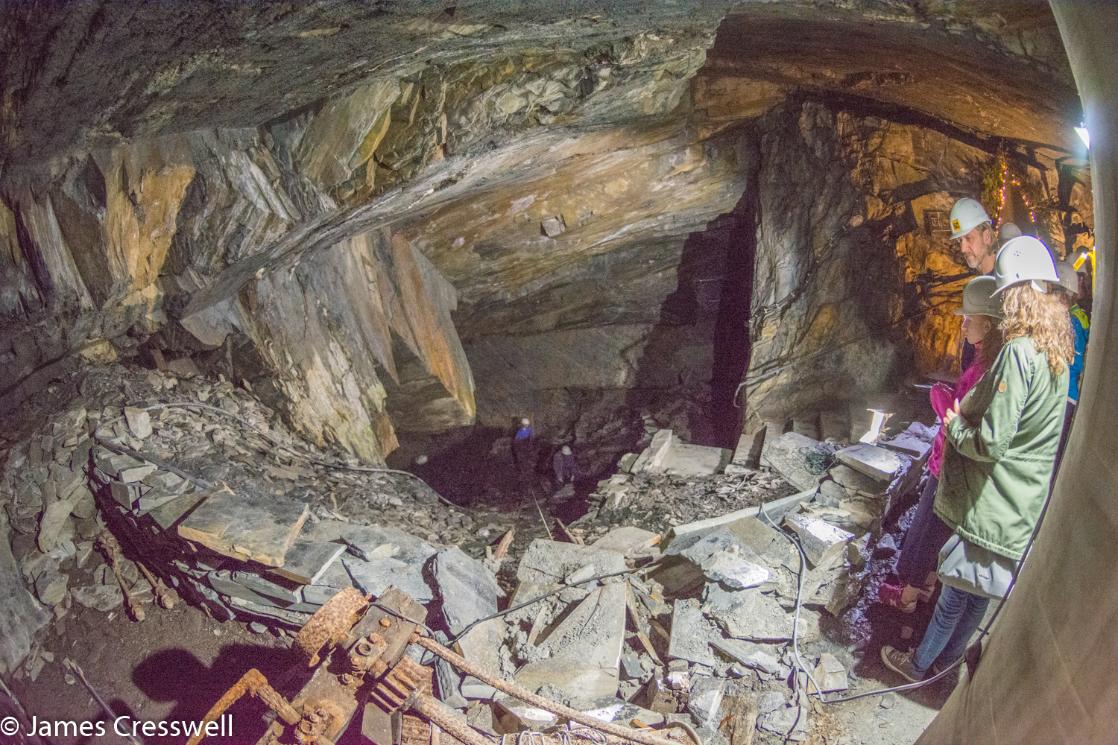
Inside the Bundenbach Hunsruck Slate mine, discovery site of many famousfossils (Day 7)
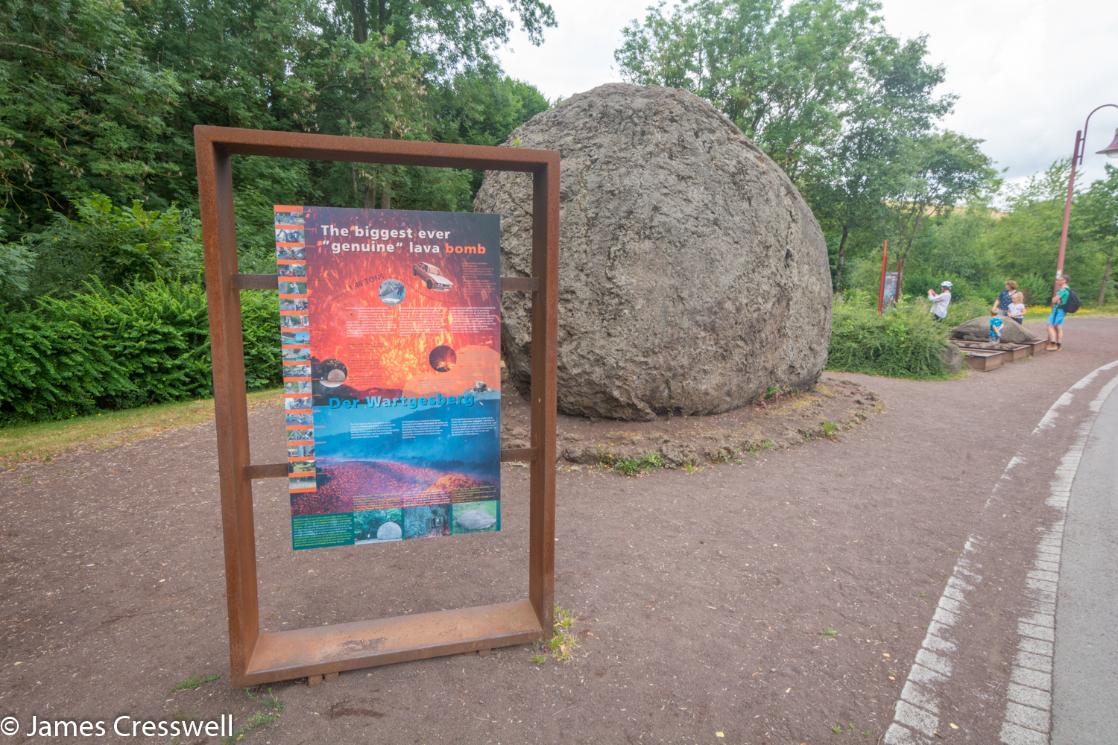
A huge lava bomb at Strohn in the Vulcaneifel Geopark (Day 7)
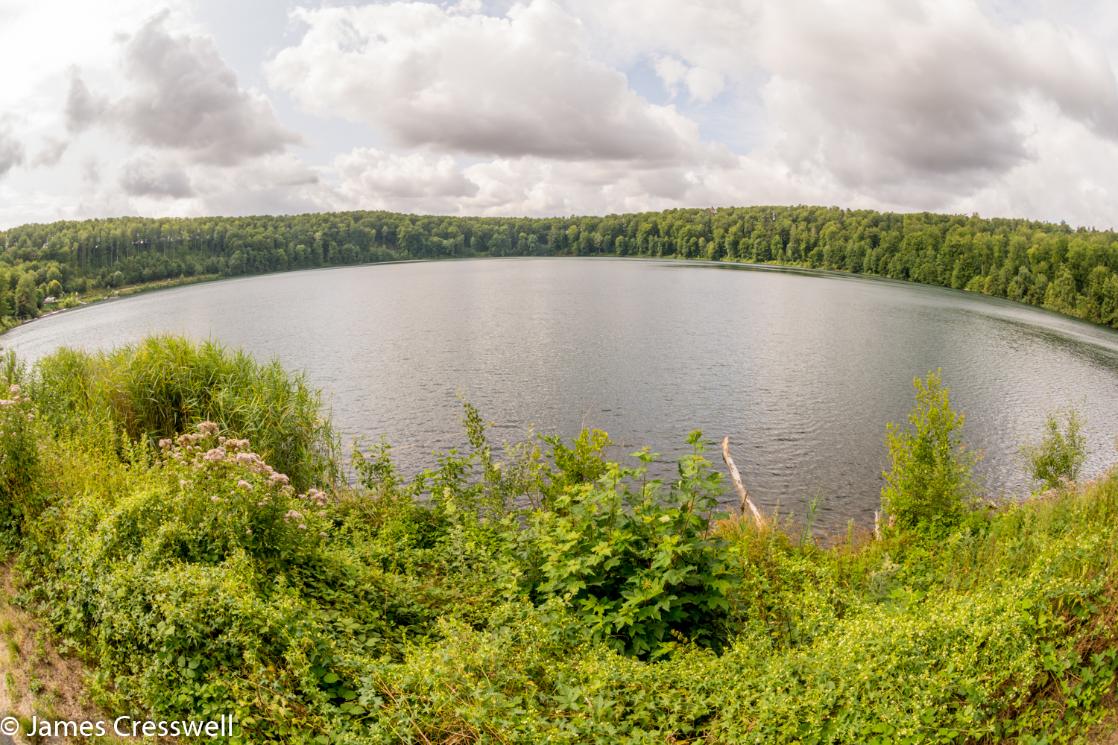
Pulvermaar, Germany's youngest volcano (Day 7)
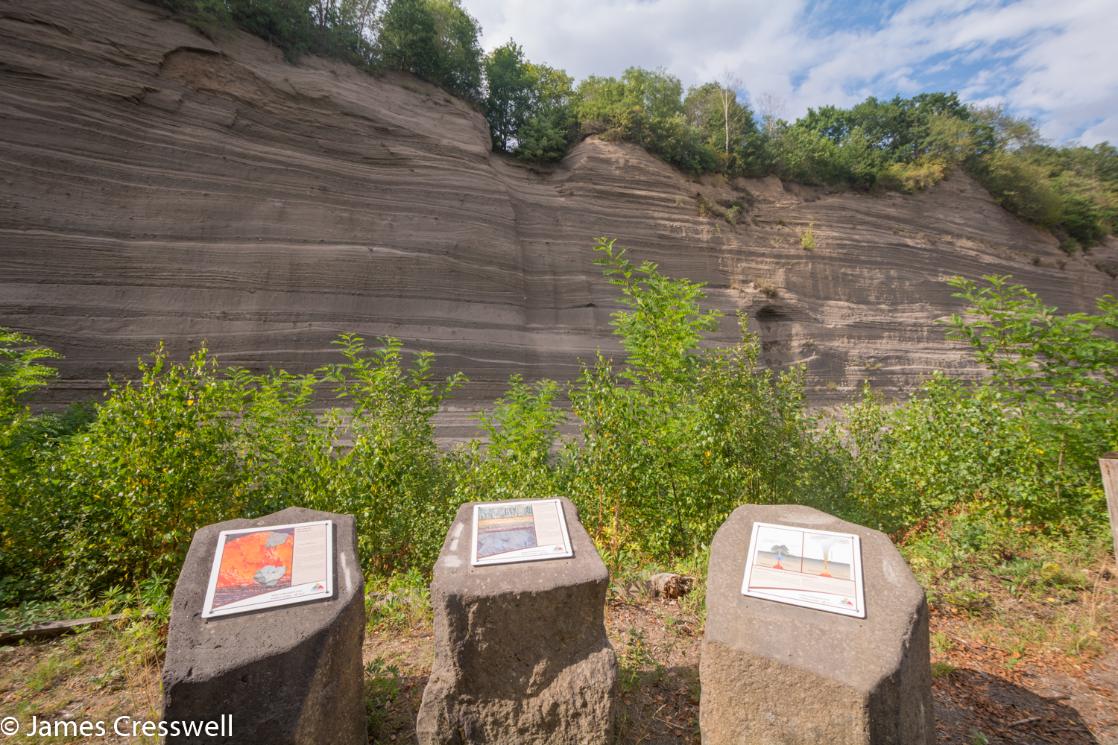
Tephra deposits at Wingertsbergwand, are 40m thick and were deposited in the Laacher See caldera-forming eruption (Day 8)
Itinerary
Day 1. Arrival in Frankfurt. We will be staying at a hotel near to Frankfurt am Main Airport. We have a welcome meeting in evening at the hotel.
Day 2 - Messel Pit UNESCO World Heritage Site. Our first stop is the Messel Pit, a fossil quarry situated inside the Bergstrasse-Odenwald Geopark and the most important Eocene fossil site in the world. In particular, it provides unique information about the early stages of the evolution of mammals and includes exceptionally well-preserved mammal fossils, ranging from fully articulated skeletons to the contents of stomachs of animals of this period. Here, we view the pit and visit the Visitor Centre. We then visit the Darmstadt Museum where many more Messel Pit fossils can be seen. We have lunch in the museum before spending the afternoon relocating to the picturesque town of Gunzenhausen in the German state of Bavaria, where we spend the night. Total driving time for the day: 3 hrs 40 mins.
Day 3 - Solnhofen Limestone Lagerstätte: home of the Archaeopteryx prehistoric bird fossils. The Solnhofen Limestone is world famous for its Archaeopteryx fossils; so far, 12 Archaeopteryx have been found in it. Our first stop of the day is the Jura Museum where we can see the Eichstätt Archaeopteryx Specimen. We then visit Berger Museum at Blumenberg. It is in the neighbouring quarry that the Berlin Archaeopteryx Specimen was found. We then move on to the Bürgermeister Müller museum in the village of Solnhofen. This is a superb museum where we will see Pterosaur and fish fossils as well as the Solnhofen and Bürgermeister Müller Archaeopteryx specimens. We then visit the Langenaltheim quarries to see the discovery sites of the London, Maxberg and Munich Archaeopteryx specimens. We then visit the the Besuchersteinbruch quarry at Mühlheim. This is the discovery site of the Eleventh Archaeopteryx Specimen, discovered in 2011. Here we spend several hours searching for our own fossils. We then drive to the town of Nördlingen in the Ries Geopark where we spend the night. Drive time: 2hr 55 mins.
Day 4 – The Ries and Steinheim am Albuch Meteor Craters and the URMU Museum. The town of Nördlingen is situated both within the Ries National Geopark and the Ries Meteor Crater. Our first stop is the visitor centre where we learn all about the impact. We then move into to the Swabian Alb Geopark where we see the site of another meteor crater at Steinheim am Albuch. Here we visit the excellent museum and learn about both the impact and the incredible fossils of animals that later inhabited the crater. We also take a walk to the crater rim, and then visit a fenced-off quarry where the crater fossils were discovered. We then drive on to the town of Blaubeuren (also within the geopark) and visit Blautopf, a spectacular blue coloured kast spring. This is followed by a visit to The Museum of Prehistory (URMU) where Ice Age sculpture and musical instruments are displayed. These artefacts represent some of the earliest examples of prehistoric art and musical instruments ever discovered - we will visit the caves where they were discovered the next day. The night is spent in the town of Blaubeuren. Drive time: 2 hr 35 mins.
Day 5 - The Swabian Alb Geopark and The 'Caves and Ice Age Art in the Swabian Jura' World Heritage Site. Our first stop is the Laichingen Pothole, the deepest cave in the Swabian Alb Geopark. We then move on to the Caves and Ice Age Art World Heritage Site, where we visit three different caves. The first cave, Geissenklösterle, is the discovery site of the world's oldest musical instrument, flutes made from bird and mammoth bones. This is followed by Sirgenstein Cave, which was home to both Neanderthals and modern humans. After the cave we also visit the nearby Hohle Fels Cave where more Ice Age sculpture and musical instruments have been found - these were seen in the URMU Museum on the previous day. We then return to Blaubeuren for a second night. Drive time: 35 mins.
Day 6 - The Holzmaden Lagerstätte Jurassic fossils, in the Swabian Alb Geopark. In the morning we drive to Holzmaden, which is also within the geopark. Here we visit the wonderful Hauff Museum where incredible lower Jurassic marine fossils of the Holzmaden Lagerstätte are displayed, the most famous being ichthyosaurs with soft tissue preservation and others giving birth! We spend the rest of the morning searching for our own fossils in the nearby Kromer Quarry. It is likely we may find ammonites, belemnites and even isolated reptile bones. We then drive on to the city of Speyer, with its World Heritage Site cathedral, where we will spend the night. Drive time: 2 hr 35mins.
Day 7 – The Hunsrück Slate Lagerstätte Devonian fossils and the Vulkaneifel UNESCO Geopark. Our first stop of the day is the slate quarrying village of Bundenbach, here we take an underground tour of the world famous Herrenberg Slate mine, the discovery site of many of the Hunsrück Slate fossils. These beautifully preserved, detailed fossils are from the lower Devonian period (400-million-years-old) and fossils from the marine deposits in this area can be seen in many museums around the world. At the mine we also visit a small museum, and then visit a nearby abandoned quarry where we can find our own Hunsrück Slate fossils. We then drive on to the Vulkaneifel Geopark, stopping first in Strohn, where we see the famous 120 ton, 5m diameter lava bomb that was ejected from an eruption. We also examine a lava flow and visit the Vulkanhaus volcano museum and cafe. We then move on to Pulvermaar (Powder Maar) near Gillenfeld. This is one of the picture-perfect maars found in the geopark. A maar is a volcanic crater formed by a steam explosion when water comes into contact with magma beneath the surface. We then stop at the ‘Eyes of the Eifel’ the most famous maars in the geopark before reaching Shalkenmehren in the Laacher See National Geopark where we spend the night. Drive time: 3 hrs 35 mins.
Day 8. Laacher See National Geopark. This geopark is full of volcanoes, with some 50 vents and the huge Laacher See caldera! Our first stop is a visit to the Lava Dome Museum where we learn about the Laacher See eruption, a huge Plininan eruption that occurred in 12,900 BP which was so powerful that its fallout stretched from Sweden to Italy. We then take an underground tour in the ‘lava dome’ to see how columnar basalt was extracted to make caverns, which are ideal for brewing beer. Our next stop is a site called Wingertsbergwand; here we see a 40m thick tephra deposit that was deposited by pyroclastic flows in the Laacher See caldera-forming eruption. We then visit the Laacher See caldera itself, climbing a tower to get an overall view of the feature. Our final stop are the Roman Mines at Meurin, where the Romans quarried the ignimbrite from the Laacher See eruption to use as building stone. We then drive on to Frankfurt and to an airport hotel, where the tour ends. Drive time: 2hrs 50 mins
Day 9 - Depart. It is strongly recommended that you stay an extra two days in Frankfurt on your own after the tour ends. While in Frankfurt you should see the world class Senckenberg Museum which houses fossils from all the sites we visited on the trip. You could also take a day trip to Neander near Düsseldorf (2 hours each way by train). This is the discovery site of the first Neanderthal people and has an excellent visitor centre.
If the trip is scheduled for October, you may also want to extend your time in Germany and travel to Munich by train to visit the Munich Show, Europe’s largest Fossil, Rock and Gem show, which is often on around the time of our tour.
INCLUDED
Geological guiding from James Cresswell
Transportation from destination to destination
Hotel accommodation
Breakfast in the hotels
Entrance to all attractions except those visited on free time
NOT INCLUDED
Flights
Lunches and dinners
CARBON GENERATED BY THIS TOUR
We purchase carbon offsets through Carbon Footprint.
= 0.47 TONNES OF CO2
(calculated at https://www.carbonfootprint.com/calculator.aspx)
At no additional cost to you, GeoWorld Travel will offset the Carbon created by this tour using carbon offsetting company Carbon Footprint. A certificate for this offset will be supplied to you after the tour is completed.
It is your responsibility to book your travel to and from the start and finish of the tour, so if you would like to also carbon offset this cost please use our carbon offset calculator here.
Trip Diaries, Photo Galleries & Review of Previous Trips
TRIP DIARY 2023
A summary of the trip with captioned photos
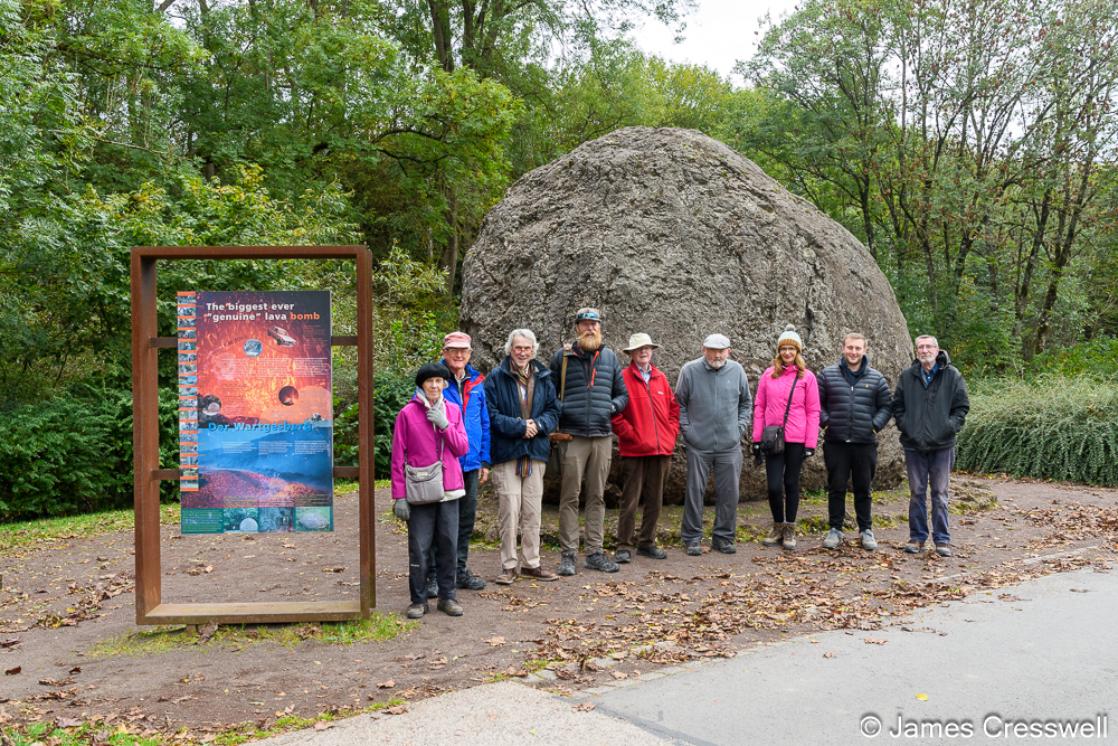
TRIP DIARY 2022
A summary of the trip with captioned photos
TRIP DIARY 2019
A day by day account of the trip with captioned photos
Germany - Volcanoes & Famous Fossil Sites (2025)
"This was my first tour with GeoWorld in the company of James and Abby. I knew I would enjoy it but it far exceeded my expectations! I can honestly say I spent the whole week in a little geology ‘bubble’ completely absorbed by the landscape and how to read it, and taken back to a time when Southern Germany was an area of warm tropical seas, sponge reefs, active volcanoes, followed by lava mines and crater lakes, a multitude of prehistoric creatures, including the iconic Archaeopteryx, not to mention having been in the path of not one but two asteroid/meteor strikes! All completely new to me! James was an excellent geologist guide with a warm personality. He really makes everything come alive and Abby backs this up with superb organisation and admin so that everything runs smoothly and we keep to time. The handout they had prepared for us along with the itinerary was excellent and beautifully illustrated in full colour. The charts, photos and explanations helped to reinforce what we were going to see at each site. All the museum visits were superb with James’s knowledge backed up by meetings with local experts and digging for our own fossils which I had never done before was great fun. As I do a lot of archaeology as a hobby I seemed to go armed with all the right gear but just forgot to take a container for specimens so had to raid the case for spare tissue paper and plastic bags. Some people had to buy extra holdalls so be warned! I particularly liked the added archaeological interest in the tour as we visited some of the most important Neanderthal caves where they found some astonishing artefacts demonstrating their appreciation of art and showcasing their skills in carving animals and figurines. As a single traveller it took me no time at at all to integrate into the small group particularly as we all had a shared interest and there was always someone around to eat with on the few evenings we had to find our own restaurants. The accommodation exceeded my expectations and having a small coach and driver ensured the journeys were timely, smooth and comfortable. All this was topped off by fabulous April weather with wall to wall sunshine and blue skies so all the photos look amazing! As I am a regular compiler of photobooks I was so pleased that James took a lot of photos of all the sites and of us as a group on his SLR camera which he shared with us at the end of the holiday. The addition of these has really enhanced my book and my memories of the tour. Of course I now want to do more but the only problem is getting on to another trip as they fill up immediately they are published so you have to be quick off the mark! Surely the sign of a successful brand! But here’s to the next time!"
Janet W., South West London, UK
Review was sent to us by email, May 2025
GERMANY - FAMOUS FOSSIL SITES AND THE MUNICH SHOW (2019)
"We have taken two trips with James now -- Morocco and Germany, both trips focusing on fossils. First, let me say that James is a wonderful trip leader. He is a knowledgeable, enthusiastic, patient, capable and adaptable guide, and genuinely loves his work. Morocco was the first trip we took with him, and one of the best trips we've ever taken -- what a thrill to see the fossil sites we'd only heard of from our buying trips to Tucson! We had such a great time with the many, many opportunities for fossil hunting, where we collected far too many fossils. The lodgings and meals were satisfying and just exotic enough to be another interesting part of the trip. The Germany trip was the first run, and we had another amazing experience, one I'm still thinking about daily! We started with volcanoes and meteors and the impact they had on the landscape of Germany -- who knew? We visited the most famous fossil sites in Germany and saw the original fossils in museums. We had some fossil digs where everyone came back with something, so much fun! We saw caves where some of the most ancient known artifacts were found, then saw the artifacts. We ended at the Munich gem, mineral and fossil show, the biggest in Europe.
I cannot recommend James or his trips highly enough! I hope we can join him for more adventures in the future!"
Sue C., Maine, USA
Review was posted to TripAdvisor, November 2019
GERMANY - FAMOUS FOSSIL SITES AND THE MUNICH SHOW (2019)
"This was an absolutely incredible trip. Meticulously organised and researched by Abby and James Cresswell ,it did not fail to please. Having little experience of geology and just a basic feel for fossils, our rudimentary knowledge was considerably expanded. There was plenty of opportunity to question James. The trips between locations were admirably managed to permit one to one time with James as we all changed seats in the comfortable transport regularly to permit this. The small group allowed for plenty of interaction and we had friendly humorous travelling companions from the USA. We were able to dine together on several occasions sharing ideas and engaging in much discussion of fossils, stones, politics.It was an enlightening time for all and the aim is a reunion in Tuscon one day!
The German people we encountered were unfailingly polite and helpful. We were delighted to meet owners of museums and listen to their stories. The guides whom James engaged were so enthusiastic about their subject. Chance meetings of researchers at sites occurred too further enhancing the thrill of the journey around Germany. People were happy to open their museums specifically to accommodate the small group which was certainly a privilege. These times were negotiated by James and were much appreciated by the group.
We were totally 'blown away' at the chance to see the Messel pit and all that followed. Seeking ones own fossil finds in quarries was amazing and further brought home how difficult the work around locating and preserving fossils is. The private collections in local museums were enchanting. There is no way we would have seen so much were it not for James' hard work in locating places of interest-caves . ( underground and overground), caldera, quarries, maars , sites of meteor impacts, scoria sites, museums, the Munich rock and gem show. Ancient sculpture and musical instruments were memorable.The number of exquisite items for sale at the rock and gem show made for a splendid conclusion to a truly magical trip.
Travelling as a small group is a truly rewarding experience and we all learned a lot about each other and life in different countries. As a consequence there was not a dull moment. Collectively we managed to read food menus and navigate as there were all least two technologically minded people in the group. Just aim to relax around others and fully enjoy the number of days you are together."

